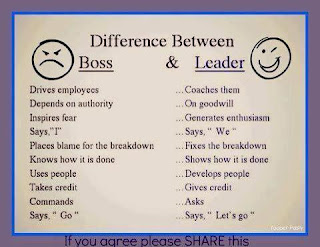More on BDD and TDD with examples, Thanks to codeproject.com
User story- As a product owner, I would like to get an web based email program by which I can compose email on-line and can send email. TDD- This program should send email if To address is valid. This program should send email if CC address is valid even if To address is not valid This program should send email if BCC address is valid even if CC and To address is not valid. This program should send email even if the subject line is empty. This program should send email even if the body is empty. Problem in this - T here might be some more test cases if the option stated in 1, 2 and 3 are altered. Even there might be more test cases if he considers the format of the body of the email (like plain text, rich text or HTML). If the body is HTML, then he needs to think about the HTML encoding things. BDD- Given that a web based email module has been developed And I am accessing it with proper authentication When I shall write sender email address in To field Or write
